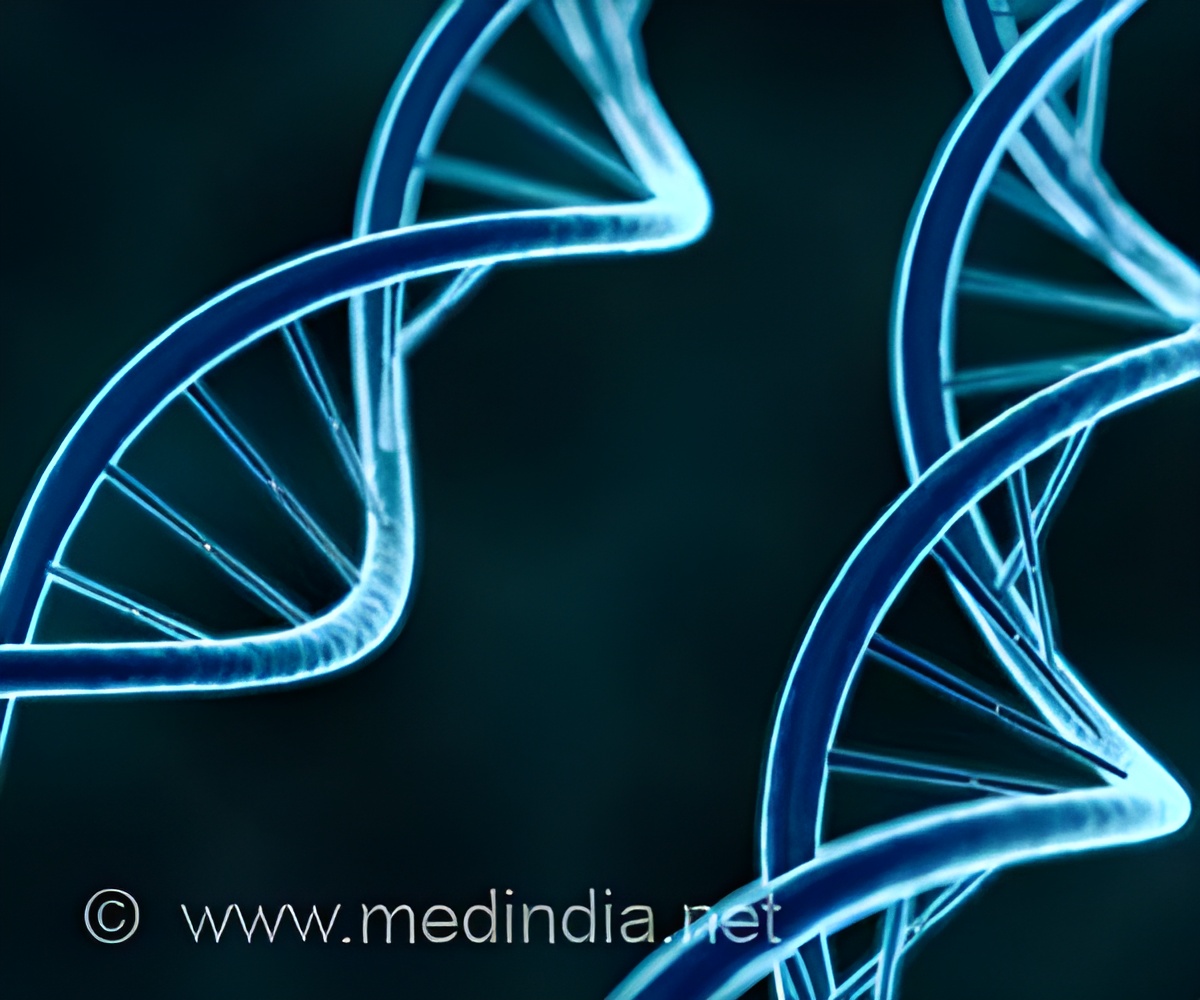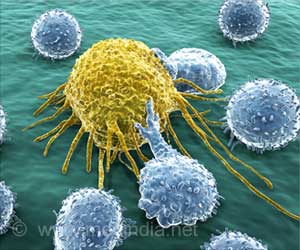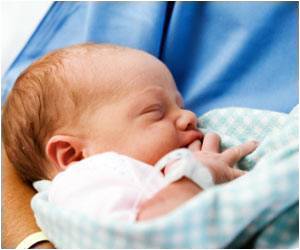A breakthrough has been made in understanding a rare genetic skin disease that causes progressively enlarging skin tumours over the scalp, face and body.

The alterations discovered by the experts were in two genes that are found in the skin tumours. One of the changes highlights a mechanism that the skin tumour cells use to survive and it is hoped that these could be targeted with a new class of drug to inhibit their growth.
‘New study identifies an important step to develop efficacious treatments for patients with CCS. Collaborative research between clinicians, scientists is vital to improve the lives of people with this rare disease.’
Read More..




The change to the second gene is novel for skin tumours and warrants further investigation to establish the significance it has on the growth of the tumours. Read More..
Dr Neil Rajan, Senior Lecturer and Honorary Consultant Dermatologist at Newcastle University’s Faculty of Medical Sciences, led the research, which was done in collaboration with Dr Serena Nik-Zainal’s team at the University of Cambridge.
Dr Rajan said: "This research is an important step in the ongoing work to develop treatments for patients with CCS, which is a central goal of my research group.
"The discovery we have made has provided a focus for where we need to drive our efforts towards developing treatments.
"This is an exciting step forward for patients with the condition as, historically, like many rare diseases, these patients have been overlooked.
Advertisement
CCS has long intrigued scientists and it is estimated that around one in 100,000 people develop the condition. Patients typically get their first tumour just after puberty, and women are more severely affected than men.
Advertisement
As the tumours keep growing, complete scalp removal is sometimes needed to control tumour burden. Up to one in four CCS patients from Newcastle needed this, emphasising the need to better understand the condition and develop treatments.
Patients’ involvement
Scientists have been working with Newcastle families with CCS since the 1980s, and these families have been central to the discovery of the gene changes.
Dr Rajan studied DNA from skin samples collected from patients undergoing routine surgery and used the latest sequencing technologies at Newcastle University to do this.
He said: "This work is an important example of patient and clinician partnership. By working together, patients and doctors can help advance understanding of rare genetic conditions.
"This work would not have been possible without the participation of the CCS families in Newcastle, and funding from the Wellcome Trust and the British Skin Foundation."
Further research will focus on the two genes identified to study their function in CCS.
Living with CCS
Occupational therapist Julie Robinson and her family have been part of the Newcastle research into CYLD cutaneous syndrome.
For generations, the 50-year-old’s family has had to endure the physical and mental devastation that the condition has caused, as painful skin tumours have developed over their bodies. As many as eight of Julie’s relatives have had CCS.
This year alone, Julie, of Harrogate, North Yorkshire, has undergone four operations to remove the tumours and this has been a regular occurrence since her condition developed at puberty.
She said: "The condition is painful and can be distressing at times as when tumours are on the face it can make people look and recoil. For my mum and sister it ruined their lives as it was embarrassing for them.
"As a teenager, when you’re dating, it was upsetting as people would give you a wide berth but I learnt to deal with the condition and I’ve done my best to get over the social difficulty."
Julie has had tumours on her scalp, torso, chest and face. She uses a range of hair pieces and make-up techniques to manage the disfigurement aspect of the condition. As she gets older more tumours are developing.
She and her relatives were keen to be part of the research to help gain scientific understanding into the condition.
Julie said: "This research is exciting as it means that the condition is being taken seriously and the impact it has on patients is being acknowledged.
"I know that the research will not help me but it is important to do as much as I can to help future generations get as good treatment as possible.
"If one day a treatment can be developed for those with the condition, then that would be fantastic."
Source-Eurekalert












